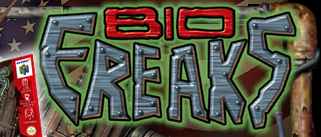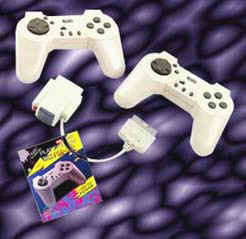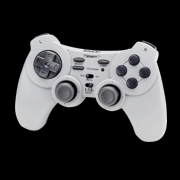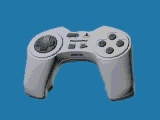

Title: Bio F.R.E.A.K.S. Genre: Fighting |

|
Genre: Peripheral Title: UltraRacer |

|
Genre: Peripheral Title: Remote Control PSR-2 |

|
Genre: Peripheral Title: Barracuda 2 Dual Vibration |

|
Genre: Peripheral Title: Mega Memory Card |

|
Title: Piranha Pad Genre: Peripheral |

|
| [More Console-tations] | [Back to Collector Times] |
| [Prev.] | [Return to Reviews] | [Return to Gaming] | [Disclaimer] | [Next] |